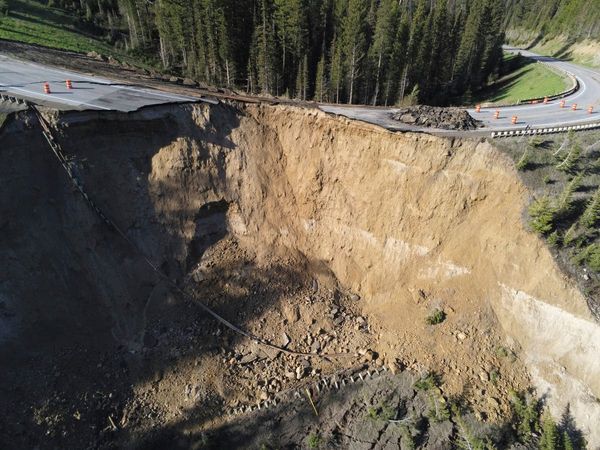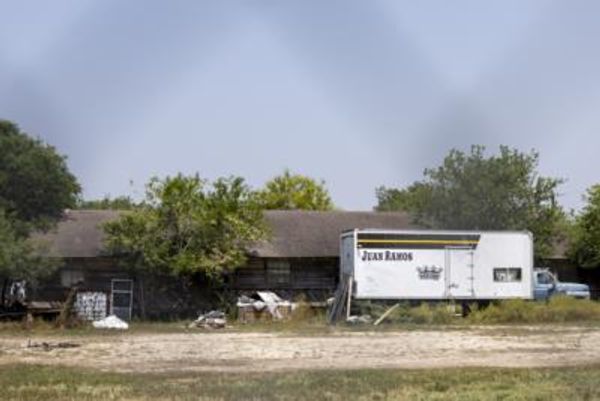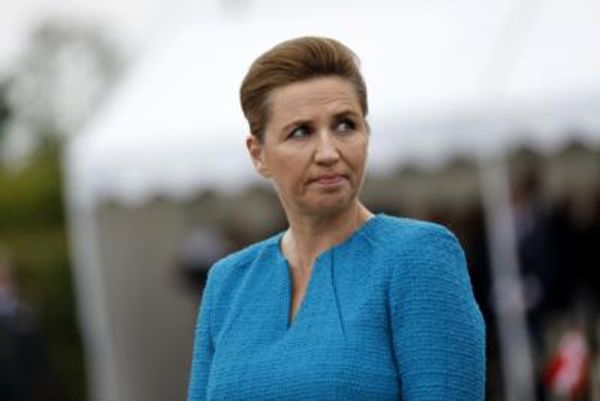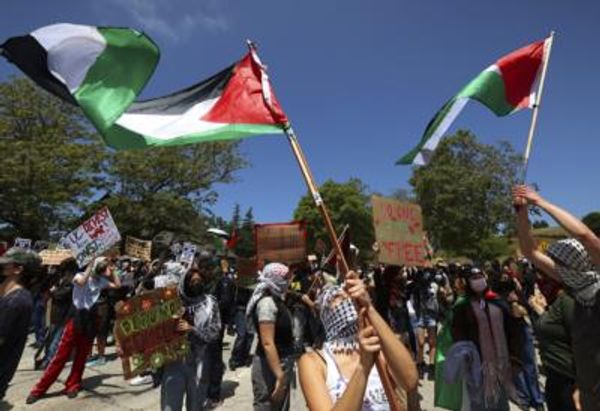The 2024 federal budget contains A$110 million for Indigenous education. This includes funding for various different organisations to represent and help Indigenous people as well as scholarships in a bid to close the gap between Indigenous and non-Indigenous learning and achievement.
But what are these measures based on?
There is a strong body of evidence about what works in Indigenous education. But this year, as in other years, budget allocations seem to ignore research that says we need to listen to Indigenous people when it comes to making policies that will have an impact on their lives.
What is the context for Indigenous education in this budget?
It has never been more important to look at what works because we are not seeing the progress we need in Indigenous education.
The 2023 Closing the Gap report showed key measures such as “students achieve their full learning potential” and “young people are engaged in employment or education” are improving but not on track.
At the same time, there is wide recognition within government about the need to put Aboriginal and Torres Strait Islander people at the centre of planning and evaluating policies about the issues that affect us. As the Productivity Commission noted in 2020, “policies need to draw on [Indigenous] perspectives, priorities and knowledges”.
As our research has also shown, when policymakers and politicians are deciding what evidence matters, they inevitably do so with their own biases.
What is in the budget for Indigenous education?
The education portfolio’s budget media release talks about “investing in First Nations education outcomes to Close the Gap”.
In total, there is A$110 million over four years to “accelerate action” on Closing the Gap in education. This includes $27.5 million over three years to extend an Indigenous education scholarship program and English language learning for Indigenous children.
But the largest single amount is $32.8 million over two years for the Clontarf Foundation to support “up to 12,500 First Nations boys and young men and their engagement in education in 2025”.
The Clontarf Foundation is a not-for-profit organisation founded by former footballer Gerard Neesham (who is not Indigenous). It uses sport to “attract [Indigenous boys] to school, and then keep them coming”.
The foundation’s website says it not a sporting program per se, but about “developing the values, skills and abilities that will assist the boys to transition into meaningful employment and achieve better life outcomes”.
What about Indigenous girls?
The Clontarf program has been going since 2000 and this is not the first time it has been funded in a budget. But there are several issues with this allocation. This is the single largest investment in Indigenous education in 2024, and yet it only services one gender and a relatively small number of young Indigenous people.
The then Labor education spokesperson Tanya Plibersek questioned funding for the Clontarf Foundation under the Morrison government in 2020, asking “why do Indigenous girls miss out?”.
There were also community concerns at the time. Djirribal woman and researcher Lee Sheppard said her research had found Clontarf’s model to be based on “Eurocentric and paternalistic values”.
Students need to be enrolled at a school to attend the Clontarf program, which includes mentoring “on a range of behavioural and lifestyle issues” and activities. As its website currently says,
[…] participants must continue to work at school and embrace the objectives of the Foundation.
What does the research say?
Studies on improving outcomes in Indigenous education say schools should be developing localised approaches in partnership with Indigenous communities and affirming students’ identities within their schools.
This means transforming schools into places where Indigenous students feel a sense of belonging and strength in their identities. It also means providing a wide range of role models that show Indigenous young people success across every field, not just sports.
The research does not emphasise funding external bodies to come into schools. Rather, it calls for investment to improve schools’ capacities to educate their Indigenous students.
When asked why the Clontarf Foundation was funded in the budget, a spokesperson for the Department of Education said:
The Clontarf Foundation’s program plays a pivotal role in engaging First Nations students through a combination of sports and education and is attributed to increased attendance, retention and overall academic performance.
Asked if this was based on any evidence of the program’s success, the spokesperson said:
There have been at least ten separate reviews or evaluations of the Clontarf Academy Program since it commenced in 2000. These evaluations and previous performance information has demonstrated that Clontarf Academies can have a positive impact on students.
A new First Nations education policy
The budget also contains $18.2 million over four years to develop a new First Nations education policy.
Information on the new policy so far talks about “forging new partnerships” and “close engagement” with “key First Nations stakeholders”. A further $29.1 million over four years was announced to support First Nations peak education bodies.
While this emphasis and funding is welcome, it needs to result in a change in the way governments listen to Indigenous peoples when making funding allocations.
This means new announcements need to be backed by research and supported by the relevant peak bodies. Where we don’t have the evidence, budgets should include provisions for independent, rigorous, Indigenous-led evaluation of new education programs.
Marnee Shay receives funding from the Australian government, the Australian Research Council and the Australian Institute of Aboriginal and Torres Strait Islander Studies. She is a member of the Queensland Aboriginal and Torres Strait Islander Education and Training Advisory Committee with the Department of Education Queensland.
Grace Sarra receives funding from the Australian Research Council.
This article was originally published on The Conversation. Read the original article.







